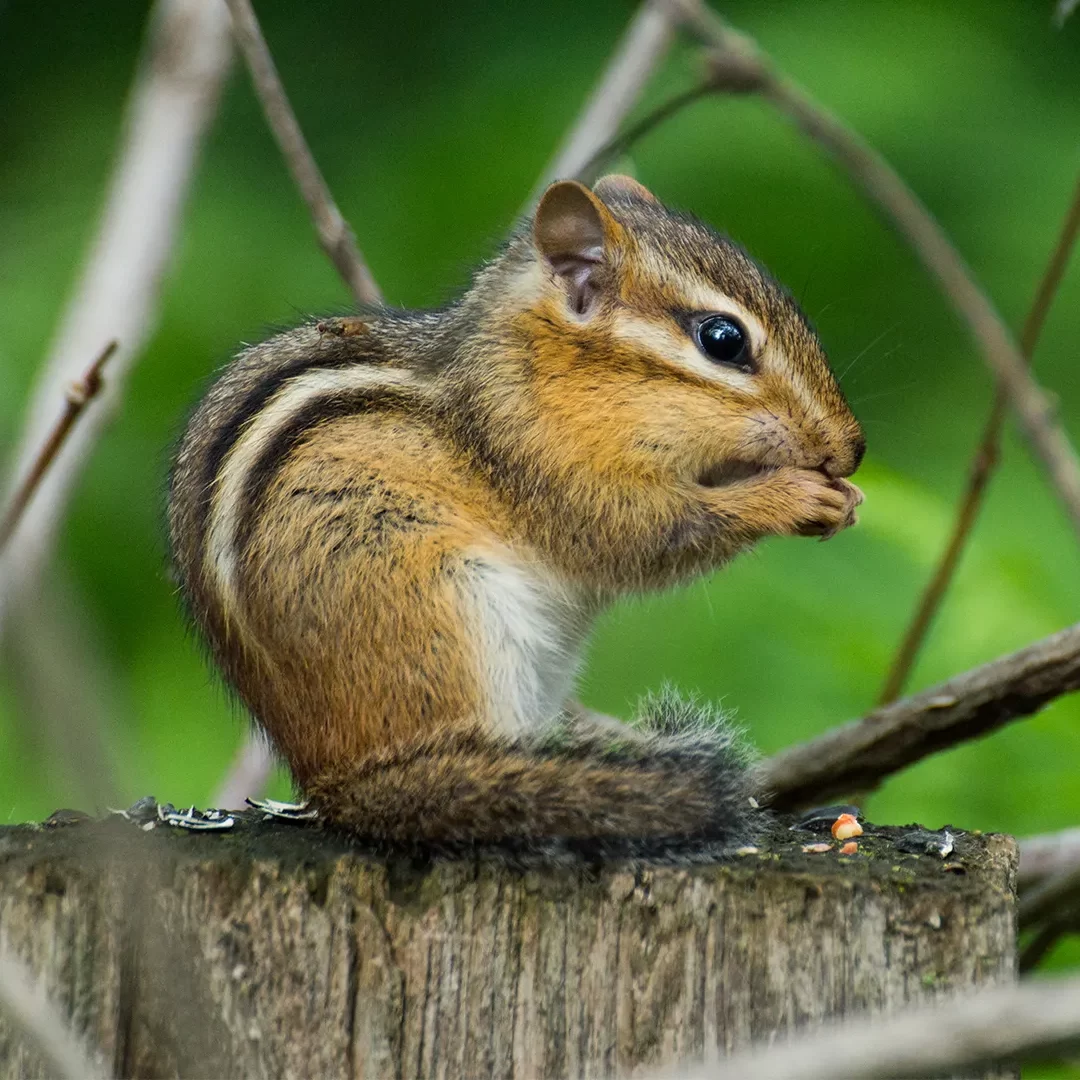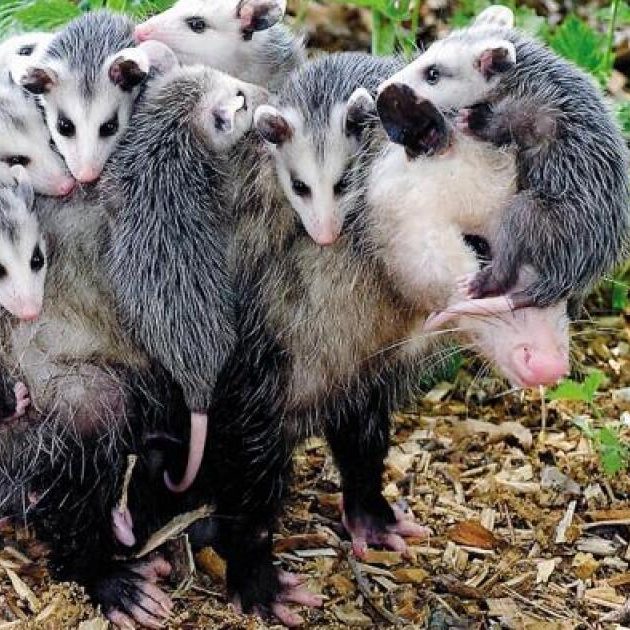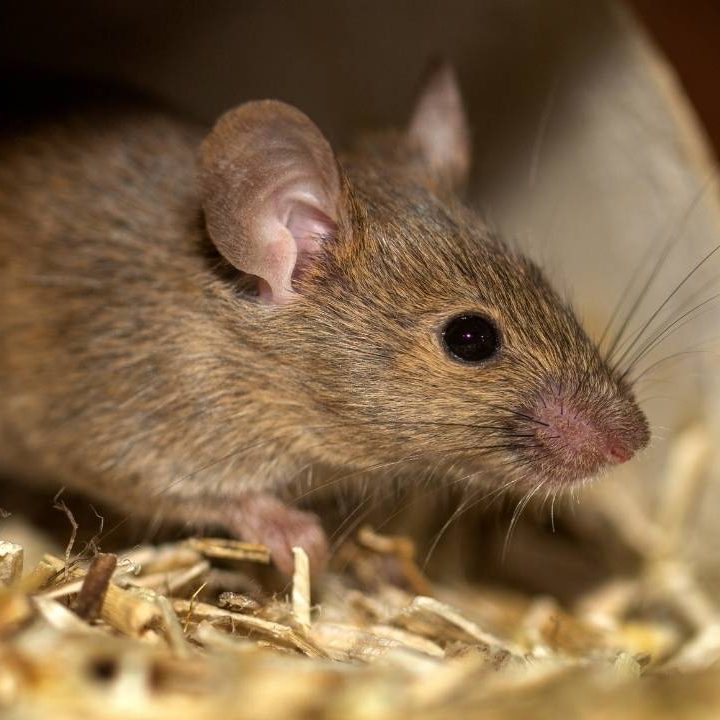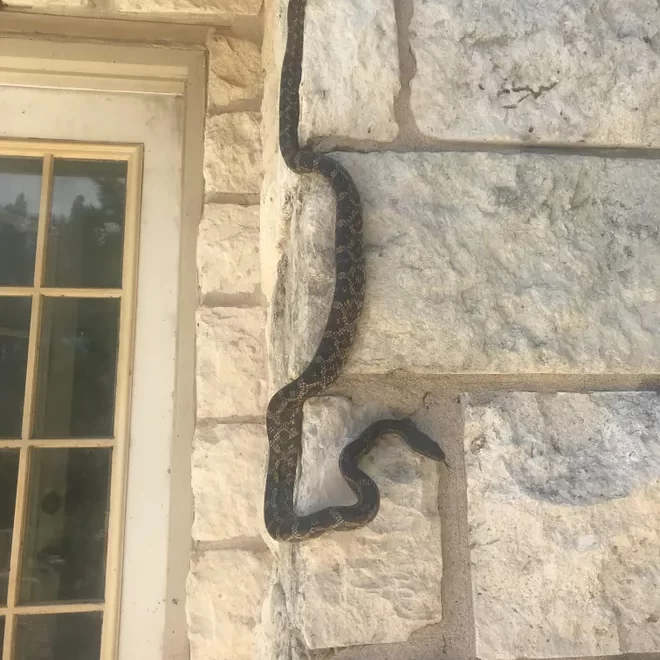Bats Entering the Chimney: Understanding, Prevention, and Mitigation
Chimney Swifts, federally protected migratory birds, are known for their distinct behavior of nesting and roosting in chimneys. In this essay, we will delve into the reasons why Chimney Swifts are drawn to chimneys, the importance of protecting these birds, effective prevention methods to keep them out, and the invaluable services provided by SootAway Chimney Sweep at (866) 345-4751.
Chimney Swift Behavior and Habitat
Chimney Swifts are attracted to chimneys due to their resemblance to natural roosting sites like hollow trees. The dark and enclosed spaces provided by chimneys offer these birds a safe place to nest, rest, and raise their young.
Chimneys also provide protection from predators and adverse weather conditions, making them ideal habitats for Chimney Swifts.
The Importance of Protecting Chimney Swifts
Chimney Swifts are protected under the Migratory Bird Treaty Act (MBTA) in the United States, recognizing their ecological significance and declining populations.
By protecting Chimney Swifts and their habitats, we contribute to maintaining biodiversity and preserving a healthy ecosystem. Ensuring their access to suitable nesting sites is crucial for their survival.
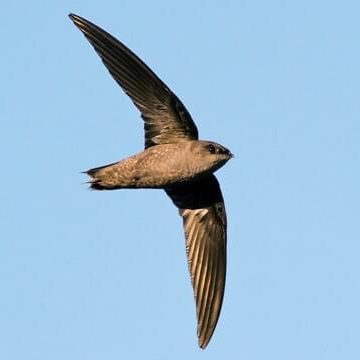
Preventive Measures to Keep Chimney Swifts Out
To prevent Chimney Swifts from entering chimneys, it is essential to install chimney caps or screens. These protective barriers allow for proper ventilation while effectively sealing off the chimney opening and preventing bird entry.
Chimney caps or screens should be securely attached and made of materials that do not harm the birds while still keeping them out.
Chimney Swift Conservation Efforts
Beyond prevention, homeowners can contribute to Chimney Swift conservation by installing artificial nesting towers or swift boxes in their yards or nearby locations.
These structures mimic the natural habitat of Chimney Swifts and provide alternative nesting sites. Consulting with experts from organizations like SootAway Chimney Sweep can provide guidance on installing such structures effectively.
Expert Assistance from SootAway Chimney Sweep
SootAway Chimney Sweep, reachable at (866) 345-4751, offers professional services to address Chimney Swift-related concerns. Their team of experts understands the importance of protecting federally protected bird species. They can inspect chimneys, install bird-friendly chimney caps or screens, and provide valuable guidance on Chimney Swift conservation efforts.
Chimney Maintenance and Swift-Friendly Practices
Regular chimney maintenance, including inspections and cleanings, is vital not only for the prevention of bird entry but also for maintaining a safe and functional chimney.
SootAway Chimney Sweep can assist with chimney maintenance needs while ensuring the well-being of Chimney Swifts and other bird species.
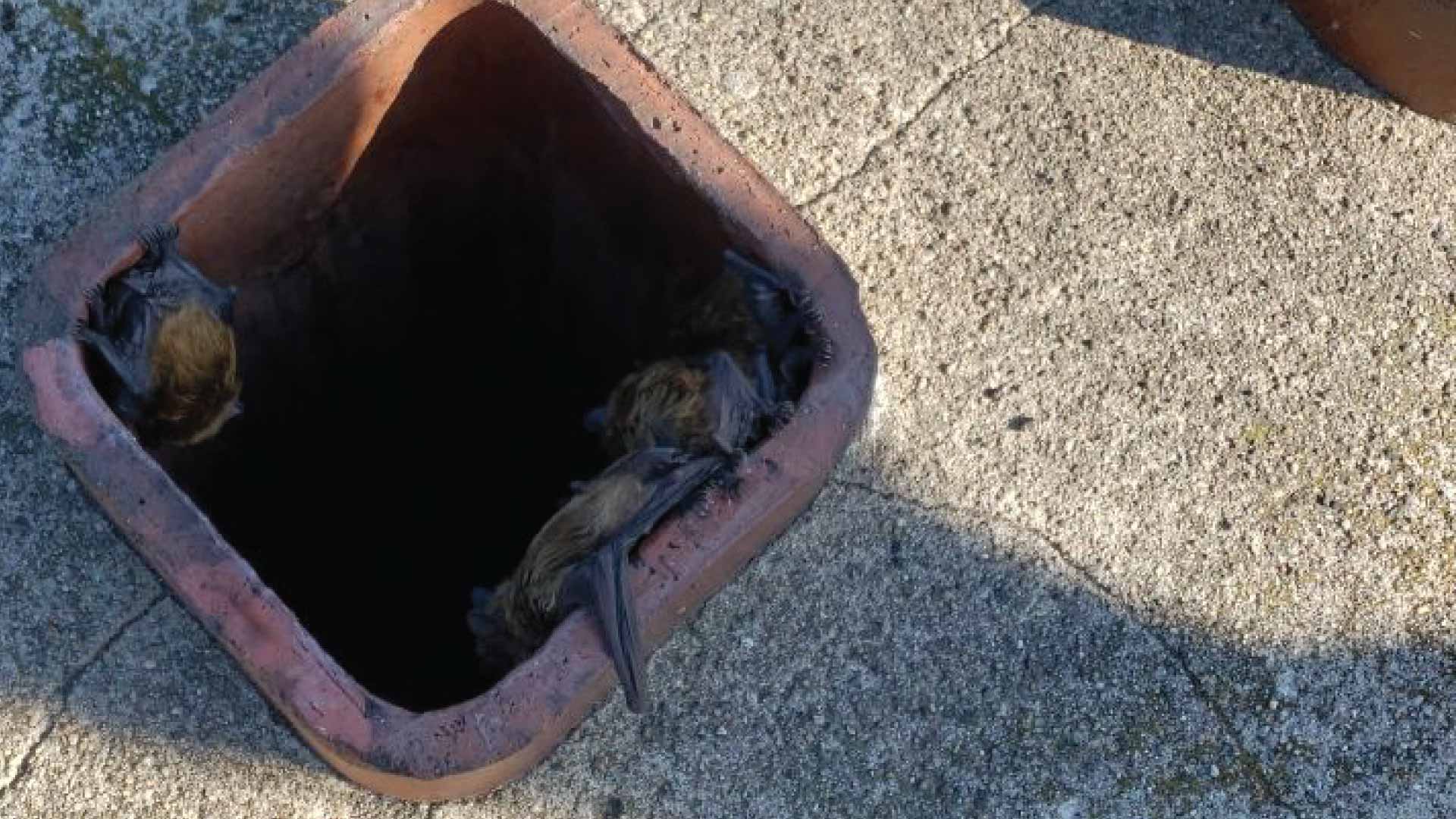
Preventing Bats Entry and Expert Assistance from SootAway Chimney Sweep
Protecting Chimney Swifts and preventing their entry into chimneys is crucial for their conservation and the maintenance of a healthy ecosystem.
Installing chimney caps or screens, considering artificial nesting structures, and seeking professional assistance from SootAway Chimney Sweep at (866) 345-4751 are effective measures in safeguarding these federally protected birds.
Take action today to protect Chimney Swifts, promote biodiversity, and ensure the safety and functionality of your chimney with the help of SootAway Chimney Sweep.
Squirrels
Squirrels are notorious for their ability to find their way into chimneys, and there are a few reasons why they are drawn to these spaces.
Firstly, chimneys offer squirrels protection from predators and harsh weather conditions. The enclosed structure of a chimney provides them with a secure and cozy shelter, especially during colder months. Secondly, squirrels are excellent climbers and jumpers, allowing them to easily access rooftops and chimneys.
They may take advantage of overhanging tree branches or nearby structures to gain access to the chimney. Additionally, squirrels are known for their propensity to hoard food, and chimneys can serve as convenient storage spaces for their winter stash.
They may carry nuts, seeds, or other food items into the chimney for later consumption. However, squirrels in chimneys can cause various issues, including damage to the chimney structure, chewing on electrical wiring, and creating noise and disturbance.
It is advisable to seek professional assistance to safely and humanely remove squirrels from chimneys and implement preventive measures to deter their re-entry.
Birds
Birds can enter chimneys for several reasons, depending on the species and circumstances. One common reason is that birds mistake chimneys for natural nesting sites such as tree cavities or cliff crevices.
The dark and enclosed space of a chimney can be appealing to birds seeking a safe and sheltered location to build their nests and raise their young. Chimneys can also provide protection from predators and adverse weather conditions.
Additionally, some bird species are attracted to chimneys due to the warmth they radiate. During colder seasons, birds may seek out chimneys as a source of thermal comfort and to conserve energy. However, birds nesting in chimneys can create problems for homeowners.
Nesting materials and droppings can block the chimney flue, obstructing proper ventilation and posing fire hazards. The sounds and activities of nesting birds can also be disruptive and cause noise disturbances.
It is important to address bird infestations carefully and consult professionals for their safe removal, as well as to implement preventive measures such as chimney caps or screens to prevent future bird entry.
Opossums
Opossums, with their nocturnal habits and excellent climbing abilities, may occasionally find their way into chimneys. There are a few reasons why opossums may enter chimneys.
Firstly, opossums are opportunistic animals that seek out sheltered spaces for protection and warmth. Chimneys can provide a dark and enclosed environment that resembles their natural dens, which are typically found in tree hollows or underground burrows.
Secondly, opossums are scavengers, and chimneys may attract them with the scent of food or garbage that has accumulated in or around the chimney. Opossums are known to be highly adaptable and can exploit various entry points, including damaged chimney caps or uncapped chimneys.
However, opossums in chimneys can cause problems for homeowners. They can create blockages, damage chimney components, leave behind droppings, and potentially introduce parasites or diseases.
If an opossum is found in a chimney, it is recommended to contact professionals who can safely and humanely remove the animal and implement measures to prevent future access.
Rats or mice
Rats or mice entering chimneys can be a cause for concern and require prompt attention. These small rodents have the ability to squeeze through tight spaces, including gaps and openings in chimney caps or damaged chimney structures.
Seeking warmth, shelter, and potential food sources, rats or mice may find chimneys to be an inviting habitat. Once inside, they can cause several problems.
They may build nests using materials found in the chimney, such as leaves or twigs, which can obstruct proper airflow and ventilation. Additionally, their gnawing habits can lead to damage to chimney components, such as insulation or wiring, posing potential fire hazards.
Rats and mice also produce droppings that can contaminate the chimney, creating sanitation issues and health risks.
To effectively deal with a rat or mice infestation in the chimney, it is important to consult professionals who can safely remove the rodents, seal off entry points, and implement preventive measures to prevent their re-entry.
Snakes
Snakes can find their way into chimneys through various means, often in search of shelter or prey.
One way they gain access is by climbing up nearby trees or vegetation and entering through the chimney opening or damaged chimney caps. Snakes are skilled climbers and can navigate vertical surfaces with ease.
They may enter the chimney seeking a cozy spot to regulate their body temperature. Snakes are also opportunistic predators and may follow their prey, such as small rodents or birds, that have taken refuge in the chimney.
While most snakes are harmless and play a beneficial role in controlling rodent populations, their presence in chimneys can cause alarm and pose risks to humans if accidentally encountered.
To address snake intrusions, it is best to seek professional assistance to safely remove the snake and implement preventive measures, such as installing chimney caps or screens, to prevent future snake entry.
Chipmunks
Chipmunks may be drawn to chimneys for various reasons, albeit unintentionally. These small and agile creatures have a natural curiosity and an ability to squeeze through narrow openings.
They may venture near chimneys while exploring their surroundings or seeking food sources, such as seeds or insects. Chipmunks are skilled climbers and can access rooftops or trees adjacent to chimneys, making it possible for them to accidentally fall or find their way into the chimney opening.
Once inside, the confined space of the chimney may provide them with a sense of security and protection from predators.
However, chipmunks are not adapted to live in chimneys, and their presence can lead to issues. They may become trapped and unable to find their way out, causing distress and potential damage as they try to escape.
To prevent chipmunks from entering chimneys, it is advisable to ensure the chimney has a secure cap or screen installed, blocking their access and avoiding these unintended encounters.

